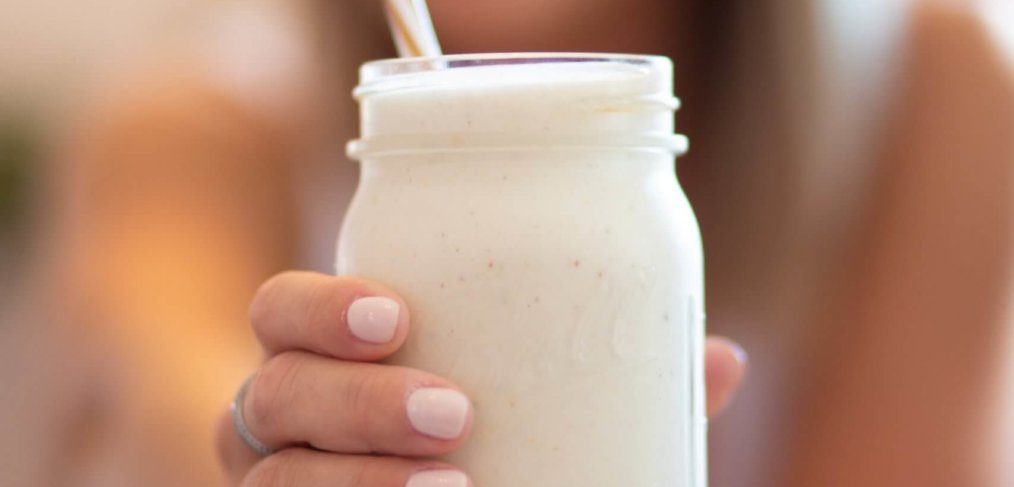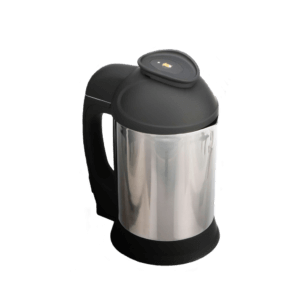If you’ve heard about genetic testing in the past decade, it’s probably been through the marketing of ancestry companies. There’s the allure of finding out where you came from (or uncovering family secrets!), and at-home kits provided by these companies have shown everyday people how easy it is to test their DNA.
But unfortunately, due to the popularity and widespread marketing of ancestry tests, most people aren’t aware of the other benefits genetic testing can provide. While ancestry testing simply tells you where your family came from, genetic testing for health and wellness can lead you to a whole array of actionable insights into optimizing your eating, exercise, lifestyle choices, and more in order to achieve better health.
Here are a few ways genetic testing can inform your health and wellness.
Personalized Care
A lot of approaches to health and wellness these days focus on a one-size-fits-all approach, recommending the same diet, exercise, and lifestyle choices to everyone. But everyone is unique — so shouldn’t healthcare be tailored to that unique individual? Genetic testing uncovers a person’s genetic variants, which give us insight into how that person’s cells and systems function, show the impact of the types of food you eat and the environment around you, and more.
Losing Weight
Those who have struggled to lose weight may spend time, energy, and money seeking new ways to get healthy and lose weight when their genes are able to give them all the insight they need. Genes are able to give insight into what types of exercise are best for your body, whether it be more endurance exercises or power exercises. They can also show how your body stores fat, which nutrients it absorbs best to inform which foods to eat, and other insights that can form a more targeted recommendation plan.
Metabolism
Your genes can also tell you more about your metabolism. We know that metabolism has a connection with energy and vibrancy, yet many of us have a “sluggish” metabolism we’re not sure how to correct. Knowing your genes can give you insights into how your metabolism is affected by what you eat, how you burn energy, how you store fat, and more.
The Right Exercise
What if you’ve been hitting the gym and trying to get fit, but you’ve been doing the wrong exercises all this time? Getting insights into your genes can actually show you whether your body is more suited for endurance activities, like running or bicycling, or whether your body is more suited for power activities like sprinting or weight lifting. Knowing more about how your body works means being able to choose the right activities for you.
Caffeine Intake
We’re all affected by caffeine in various ways — some people can drink coffee right up until bedtime, when others have to cut themselves off mid-morning! But do we know why? Our genes can tell us! Our genes are responsible for how quickly we metabolize caffeine, so we can know whether to have that extra cup or not.
Better Daily Choices
As you can see, knowing your genes and how they affect your body can give you insights into many different aspects of your health and wellness so that you can make better choices each day about actions that affect you. For example, did you know that your genes can determine how well your body eliminates toxins, which can help you make choices about what environments to be in? Your genes can also give you insight into your stress levels, and flag if you’re not getting enough sleep at night.
More Than Ancestry
Knowing your genes can reveal a lot more to you than just what’s stated above. Additionally, as our knowledge continues to increase around how genes work and how they impact our bodies, the blueprint that genetic testing provides for your optimal health will only become more detailed, allowing you to build the perfect life of health and wellness suitable to you.
Ready to start your personalized health journey? Schedule a complimentary Discovery Call to discuss leveraging a 3×4 Genetics test as a tool to meeting your health goals. Click here to see a sample 3×4 Genetics report.





